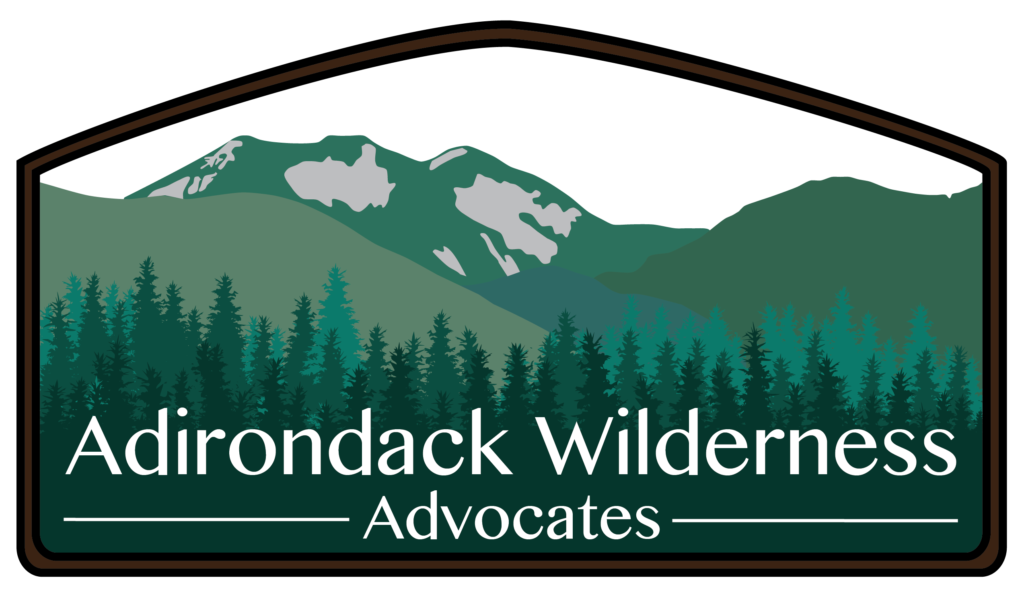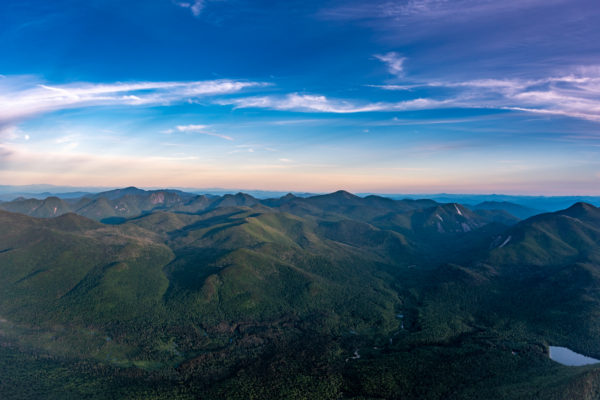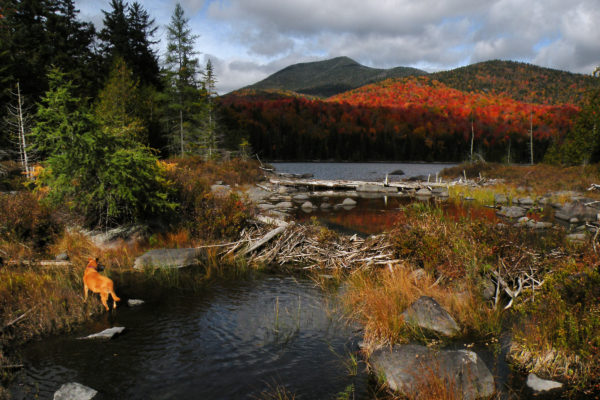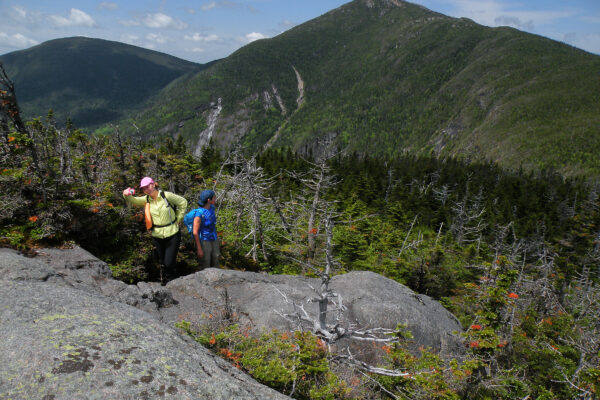At Adirondack Wilderness Advocates we refer to our core mission as KEEP: Knowledge, Enjoyment, Expansion and Protection of the Adirondack Park’s wildest places. That goes for the High Peaks Wilderness as much as anywhere, and it has us actively involved in the ongoing discussions concerning the area’s increased use and the associated visitor management issues. AWA is one of only three environmental advocacy organizations named to the High Peaks Strategic Planning Advisory Group (HPAG), which was formed in November. Under the auspices of the State Department of Environmental Conservation (DEC), this group will work for the next six months to develop a planning and management framework for use of the High Peaks and Giant Wilderness areas and the Route 73 corridor that runs from the Adirondack Northway to Lake Placid.
AWA has a strong perspective on this work. We’re very concerned that others are leading with solutions before the problems and challenges with visitor use are understood and measured. A good example of this is the call for permits, which we do not support at this time. Attempting to limit or even measure access to the High Peaks using a permit system ignores the complexity of the problem, the reality of conditions on the ground, the overwhelming magnitude of heavy usage days and the need to scientifically measure and understand the effects of increased use. Science, data and planning need to come first.
Consistent with that, AWA will be calling for several things, both in the public sphere and as part of our participation the DEC Work Group:
- Use of a robust planning framework: we champion the Visitor Use Management Framework – VUMF – developed by the National Park Service and successfully used in the Northeast.
- Actively including experts: the DEC workgroup is a good start on involving a broad spectrum of interests, but much more expertise is needed, including in wilderness ecology, trail design, public safety, transportation, biology, other sciences and more.
- Leading with education: KEEP begins with knowledge, which is fundamental to everything we do. It is equally fundamental to addressing visitor use. The capacity for people to self-select wisely and manage their own visitation, if they have knowledge and information, is being underestimated. The success of the Summit Steward program and the positive impact from trailhead stewards this season serve as excellent examples.
- Expanding remoteness and solitude: this is a core AWA value that we will continue pursue across the Park. Even as day hiking numbers show dramatic increases, much can be done to protect and even enhance the opportunities for solitude in the High Peaks, from how the overall complex is managed, to the policies for the Boreas Tract (including decisions on trail routes and removal of non-conforming features in the Wilderness), to the potential closure of some High Peaks trails that are redundant or ecologically problematic.
As always, your encouragement and advocacy for AWA’s work is critical. Your voices make a huge difference, just as they did with the Boreas campaign. So let yourselves be heard! There will be multiple opportunities for public input in this strategic planning process. We look forward to your energy, ideas and feedback.



